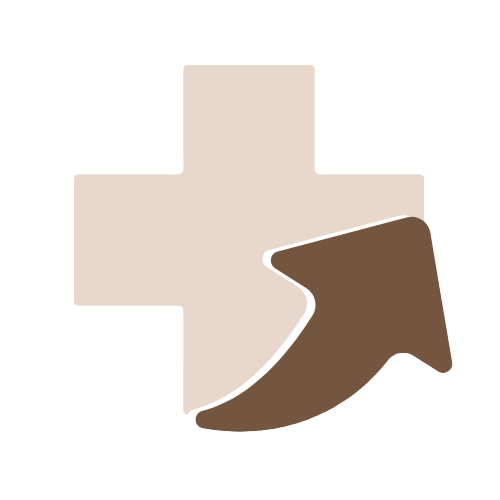Cradle Cap
Overview
Cradle cap, medically known as infantile seborrheic dermatitis, is a common, harmless skin condition that affects newborns and infants. It appears as greasy, yellowish, or brownish scales on the scalp and sometimes on other areas like the eyebrows, ears, and neck folds. Despite its appearance, cradle cap is not contagious, itchy, or painful, and it usually resolves on its own within a few months. It is a benign condition that generally does not cause any discomfort to the baby.
Causes
The exact cause of cradle cap is not fully understood, but several factors are believed to contribute to its development:
- Overactive sebaceous glands: Hormones passed from mother to baby before birth may stimulate the oil glands in the baby's scalp, leading to excess oil production.
- Yeast (Malassezia) presence: A type of yeast that grows in oily skin areas may play a role in causing cradle cap.
- Genetic factors: Babies with a family history of eczema or other skin conditions may be more prone to cradle cap.
- Environmental factors: Dry weather, infrequent washing, or skin sensitivities can sometimes make cradle cap more noticeable.
Symptoms
The primary symptom of cradle cap is the appearance of scaly patches on the scalp, but other features may include:
- Greasy or oily patches: The skin appears greasy with white or yellowish scales.
- Crusty flakes: Thick crusts may develop, which can flake off over time.
- Skin redness: Mild redness may be present underneath or around the affected areas.
- Spread to other areas: In some cases, cradle cap can extend to the forehead, eyebrows, behind the ears, or neck folds.
- No itching or discomfort: Unlike other rashes, cradle cap typically doesn’t cause itching or pain.
Diagnosis
Diagnosis of cradle cap is straightforward and primarily clinical:
- Visual examination: A doctor can easily identify cradle cap by its characteristic appearance.
- Medical history: Usually, no detailed medical history is needed as the condition is self-limiting and benign.
- No laboratory tests required: Additional tests are not needed unless the condition is severe, persistent, or accompanied by other symptoms that suggest infection.
Treatment
Cradle cap often clears on its own, but gentle treatment can help speed up resolution and reduce its appearance:
- Frequent washing: Gently washing the baby’s scalp with a mild baby shampoo can help loosen scales and prevent buildup.
- Soft brushing: Using a soft baby brush or a fine-tooth comb after washing helps remove loosened flakes.
- Oil application: Applying a small amount of baby oil, coconut oil, or olive oil to the scalp can soften the scales. It should be washed off thoroughly after 15-20 minutes.
- Medicated shampoos: In more persistent cases, pediatricians may recommend a medicated shampoo containing ingredients like ketoconazole or selenium sulfide.
- Topical treatments: Mild steroid creams may be used in rare, severe cases under medical supervision.
- Avoid scratching: Scratching can cause skin irritation or infection and should be avoided.
Prognosis
The prognosis for cradle cap is excellent:
- Self-resolving: Most cases clear up on their own within a few weeks to months without any treatment.
- No lasting effects: Cradle cap does not cause scarring or long-term skin problems.
- Minimal medical intervention: Rarely requires medical treatment, except in persistent or complicated cases.
- Possible recurrence: It can occasionally come back during infancy but generally resolves permanently within the first year of life.
- Normal growth: Cradle cap has no impact on the baby’s growth or overall health.
With simple home care and patience, cradle cap is a harmless condition that resolves naturally while keeping your baby comfortable and healthy.
